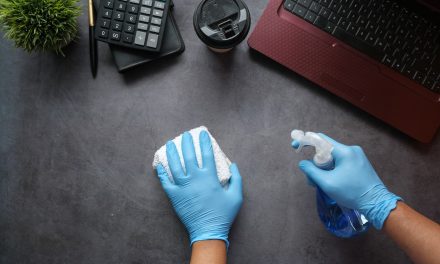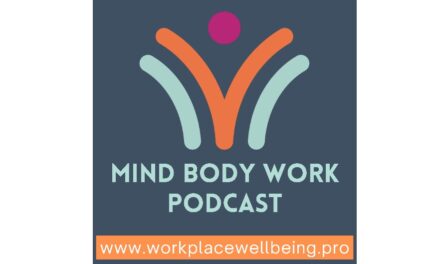New research of 2,000 office workers has revealed the average time spent working from a laptop each day, is four hours and 36 minutes. In addition, workers look at their mobile phone screen for an average of four hours 30 minutes, and watch TV for three hours, every day. This equates to TWELVE hours of screen time a day, or SIXTY hours in a working week.
The Specsavers survey highlights the detrimental impact excessive screen time is having on eyesight. Eight in ten (84 percent) believe their eyesight is suffering as a direct result of the amount of time they spend looking at screens.
The survey revealed that over a quarter (29 percent) have to enlarge the font size on their mobile phone so they can read it clearly and half (49 percent) confess they’re forced to zoom in on images to see them clearly. Meanwhile, 28 percent regularly squint at the screen – all of which are tell-tale signs of presbyopia and may mean people need glasses.
Yet the survey suggests workers first reach for their phone at around 7.00am in the morning, and do not put it down until nearly 10.30pm in the evening.
While 83 percent of the respondents quizzed admitted they start scrolling before they kiss their partner good morning, 65 percent look at their mobile before they’ve even stretched, yawned (70 percent) or gone to the loo (53 percent). Meanwhile, more than six in ten (63 percent) admit the first thing they do when they open their eyes in the morning is check their work emails.
Despite this, over three-quarters (77 percent) of workers have not yet accessed their free eyecare vouchers or tests. The survey indicates this might be because more than half (57 percent) were not aware that employees who use screens for their work should be offered a free eye test by their employer.
More than half (51 percent) of hybrid workers admitted they were unaware there were entitled to an eye test from their current employer as part of their flexible working set up.
Giles Edmonds, clinical services director at Specsavers said, commented:
Our eyes are not designed to be fixed on a single object for a long period of time, especially smaller format laptops, tablets or smart devices. They may feel uncomfortable, sore, tired and even start to itch or burn. In rare cases, dry eyes syndrome can lead to more serious eye issues. But the good news is that there are some simple solutions that can easily prevent eye strain and irritation.
Giles Edmonds, clinical services director at Specsavers
Tips from Giles on how to keep your eyes healthy when working
- Rest your eyes – Follow the 20:20:20 rule: look up from your screen every 20 minutes and look at something 20 feet away for at least 20 seconds. Looking into the distance helps relax the focusing muscles of your eyes, which in turn reduces eye fatigue.
- Adjust your workstation – Adjusting your screen settings to ensure that the brightness and contrast are balanced correctly can help, as well as making fonts larger. Also, be mindful of how your workstation is positioned. Adjust your screen so it is 15-20 degrees below eye level and around 50-70cm away from the eyes and make sure your room is properly lit to avoid squinting.
- Reduce glare – Reflections on your computer screen can cause glare and lead to eye strain. Try reducing this by attaching an anti-glare screen to your monitor or laptop to avoid external light shining onto the screen. Glasses wearers can also have lenses treated with an anti-glare coating to help limit the impact of light reflections on your eyes to reduce eye strain.
Joanne is the editor for Workplace Wellbeing Professional and has a keen interest in promoting the safety and wellbeing of the global workforce. After earning a bachelor's degree in English literature and media studies, she taught English in China and Vietnam for two years. Before joining Work Well Pro, Joanne worked as a marketing coordinator for luxury property, where her responsibilities included blog writing, photography, and video creation.











